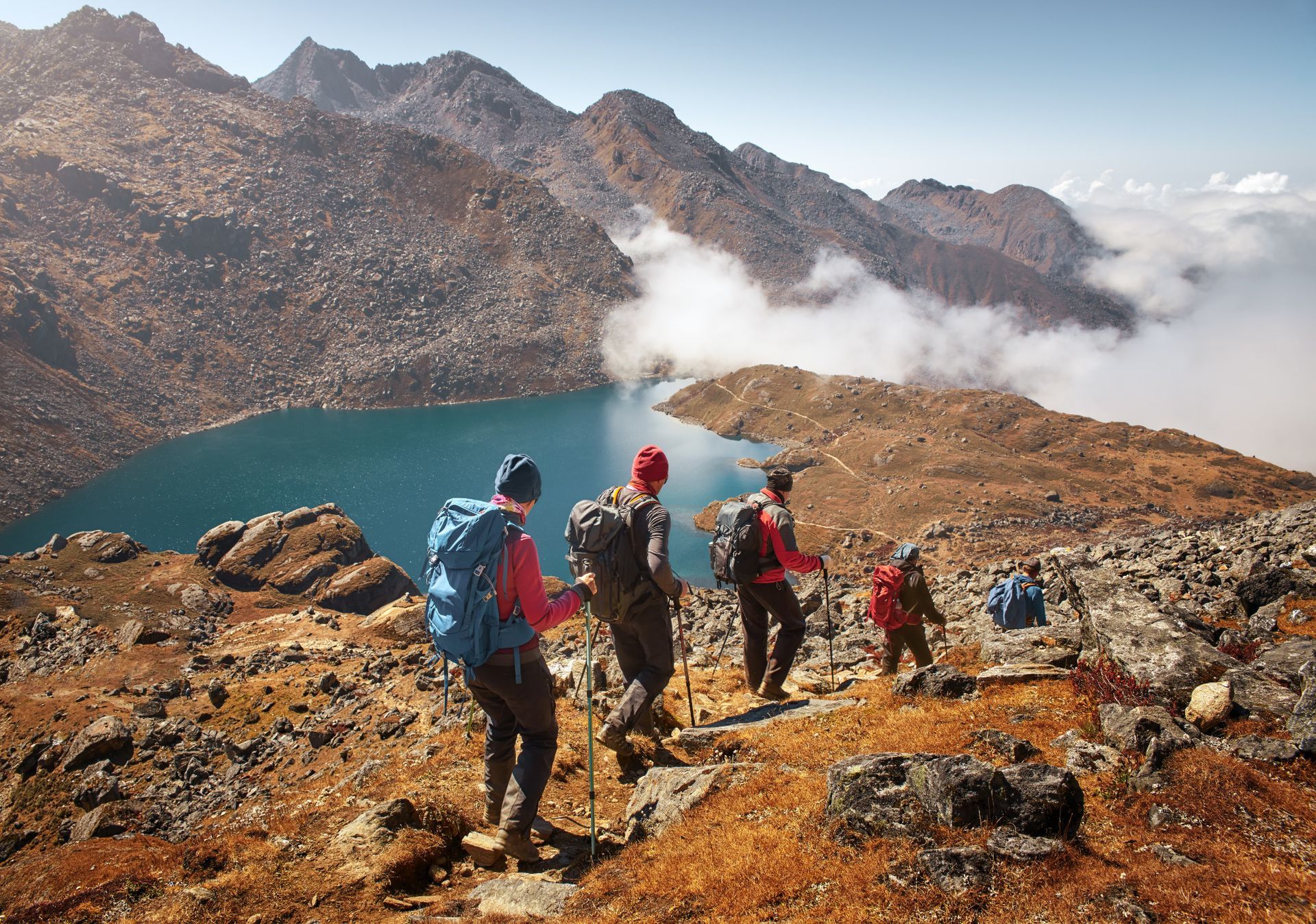How Do You Know If Massage Is Right For You?
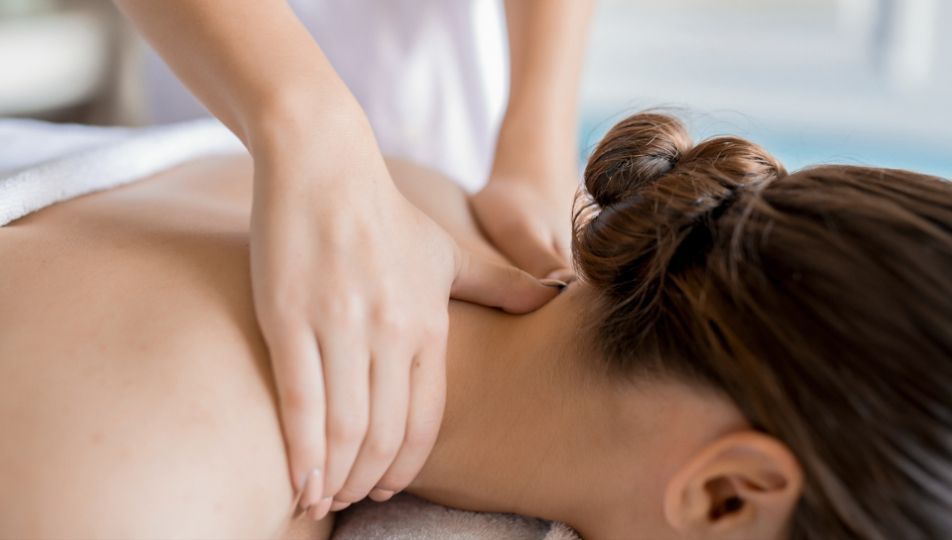
All you need to know about massage is right here
Massage Is One Of The Oldest Types Of Healing
So it’s no surprise really, when instinctively what we all do immediately when we feel like we’ve got tight muscles or knots is to try to massage them or rub them out ourselves.
But where did massage come from? Who invented massage? And what does massage do? Read on for the answers….
A Brief History Of Massage...
As for who invented massage officially, most sources cite China to be the first to practice massage, almost 4700 years ago. The first type of massage closely resembled what we know today as acupressure, where firm pressure is used to release certain areas of tightness.
In 2500 BCE, the Egyptians depicted massage being used as a form of healing, along with the development of Reflexology – firm massage to certain areas of the foot which correlate to distant body areas.
Massage was next thought to be practiced as part of Ayurvedic medicine (around 1500 BCE) by the ancient Hindus. Ayurvedic philosophy recognises the inter-connectedness of the mind, body and spirit, and that negativity or poor function of one part affects the others as well.
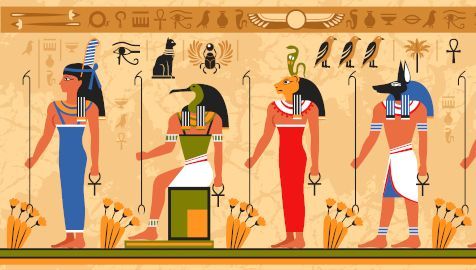
In 1000 BCE, the Japanese Buddhist monks studying in China were reportedly practicing the art of ‘Tuina’ – a type of massage still currently used by acupuncturists who apply Traditional Chinese medicine (TCM).
Since then many different types of massage have been developed..
What is Massage...
Massage is as a type of ‘touch therapy’ to reduce pain, heal injuries and encourage relaxation.
All types of massage involve some kind of manipulation of the muscles – stroking, stretching, kneading and use of pressure points. An experienced massage therapist will know what is right for you, and how much pressure to use to get the best result from your treatment.
How does Massage Work?
Although massage is thought to be one of the oldest forms of easing soreness, the exact mechanism as to how it does this is still largely unknown.
What we do know, is that:
- Massage can break down fibrous adhesions (like scar tissue) between the tiny muscle fibers that make up the muscle itself;
- It can improve blood flow to the muscle so that it can start producing the energy it needs to relax;
- It helps important nutrients reach the muscle (again via increasing blood flow to the massaged area) which helps improve the overall health of the muscle;
- It increases suppleness and it enhances flexibility.
By massaging a muscle, we are also actively forcing out the old blood (and other fluid) which may have become sticky and static. This leaves space for it to re-imbibe with new blood again.
It has also been proven to help repair of muscle tears, by encouraging the muscle fibers to line up properly next to one another, rather than being laid down in a higgledy-piggledy manner (yes, that is the medical term – just joking!).
Is Massage Good for Back Pain?
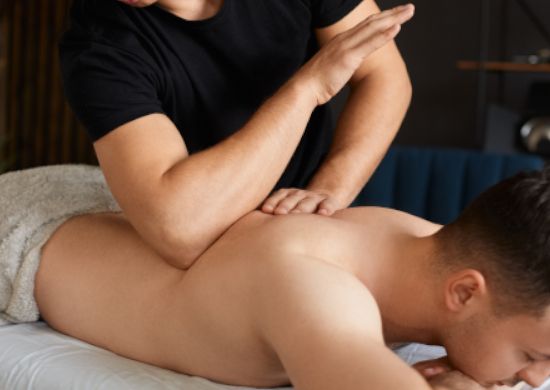
Massage therapists do not diagnose problems with your musculoskeletal system. But if you have some kind of dysfunction, strain, sprain or general tightness, the muscles area always playing a role.
Your muscles do not act separately from your joints, ligaments and tendons – they’re all supposed to work together to keep you moving well and pain free!
We’re lucky at ThreeSixty because if you do have back pain, neck pain, headaches or shoulder soreness, then our masseuse – Amy – will let you know if you need to see one of the osteopathic team.
- We all work together to decide what is right for you – the patient. Amy can see your medical notes, and can liaise with your osteopath (if necessary) to discuss what areas of your body need massage the most.
- Amy is actually training to be an osteopath, so although she is not able to use this knowledge to diagnose your issues, she does have a much greater depth of understanding of the way your body works compared to other massage therapists.
Share This Post
Subscribe to Our Newsletter
Get updates and learn from the best
More to Explore
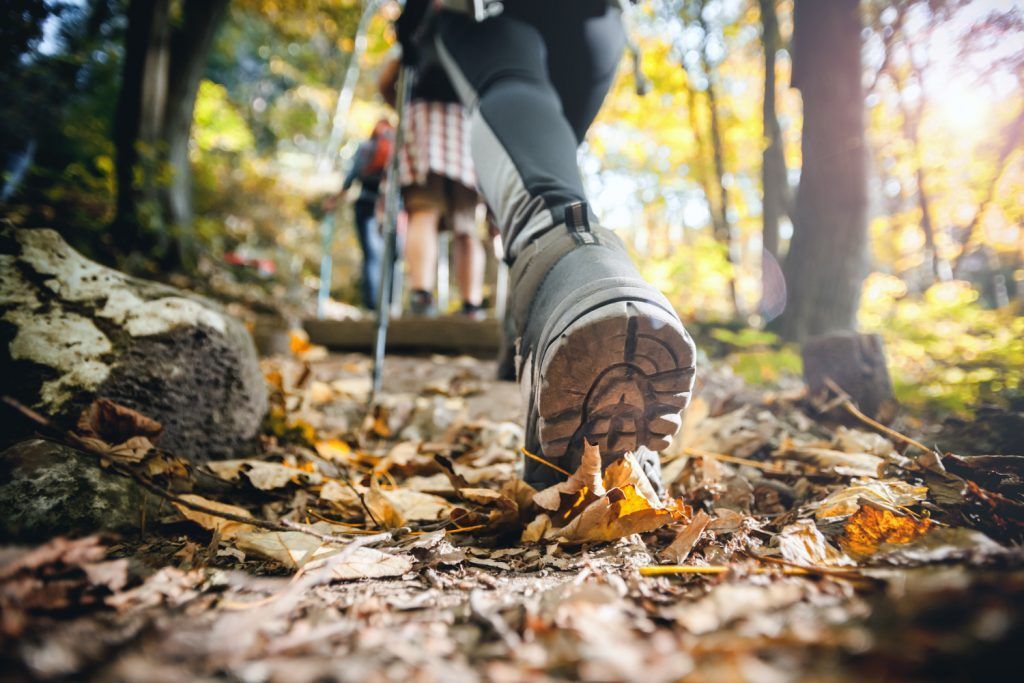
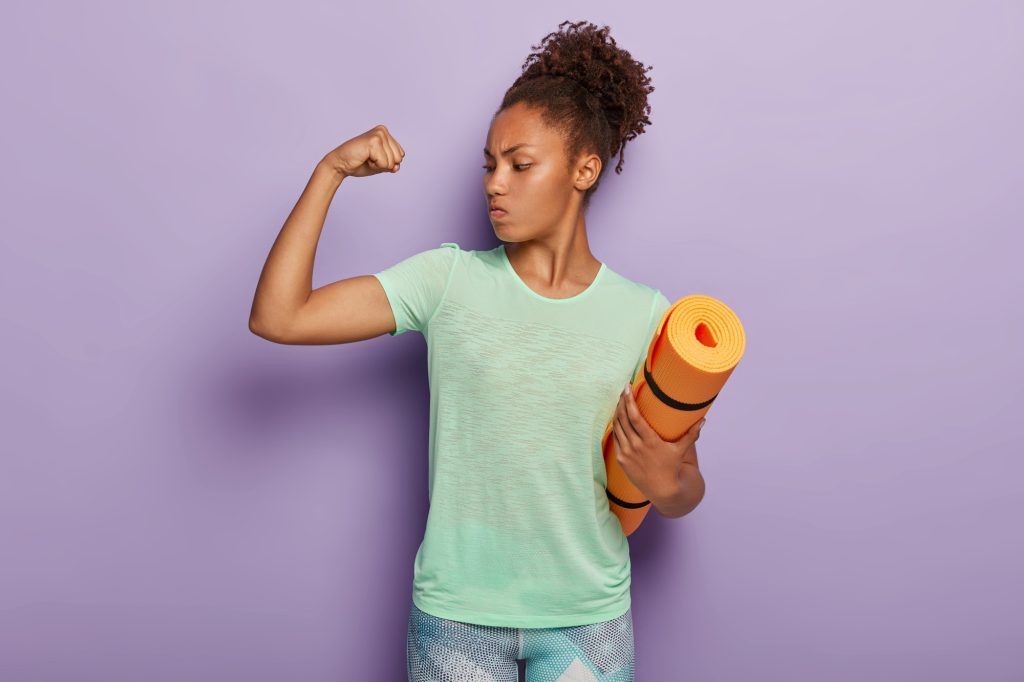
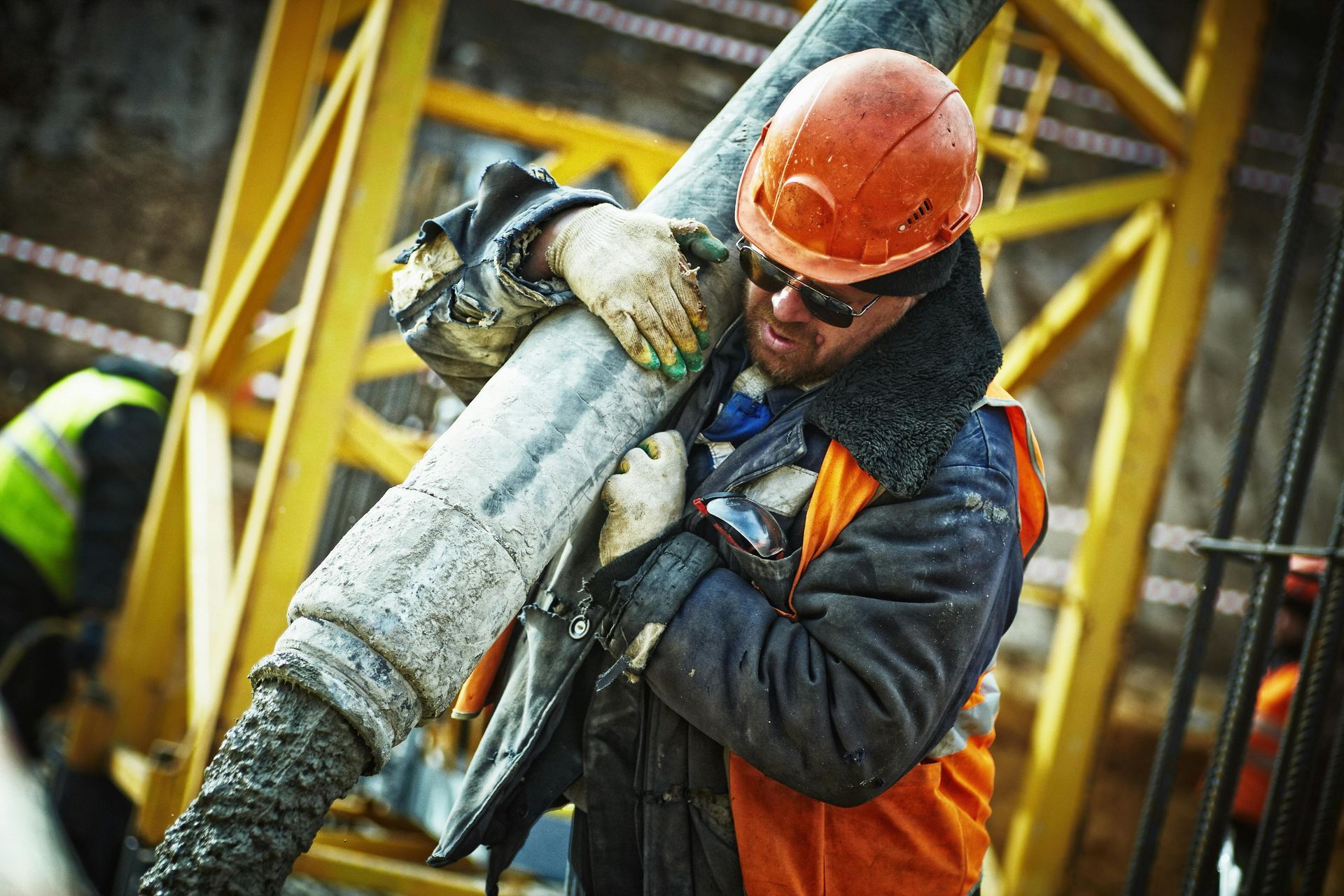
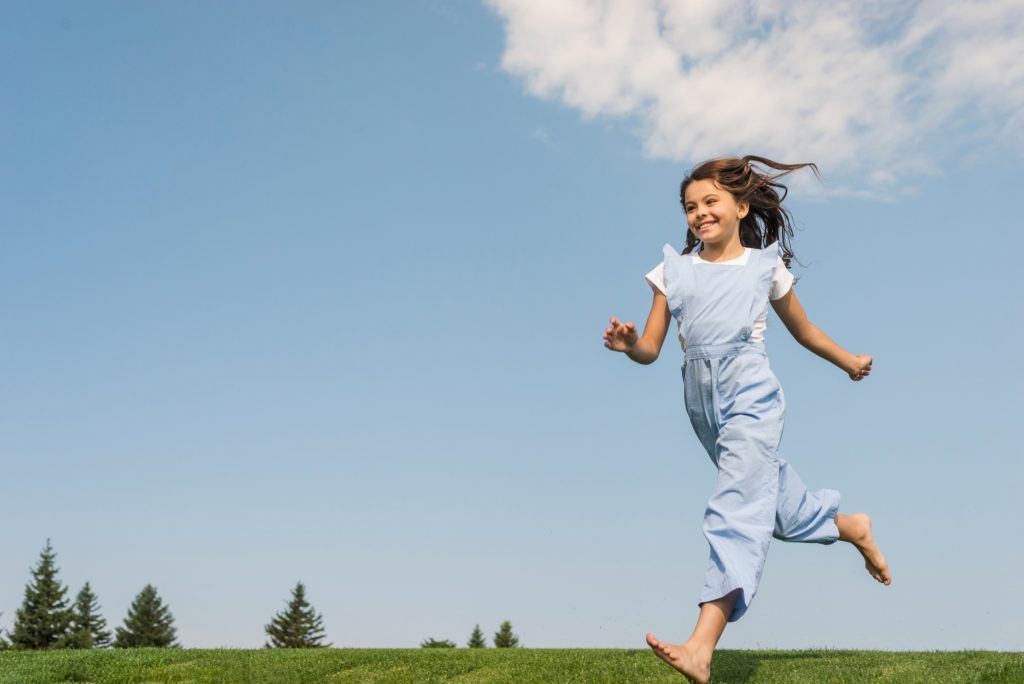
Want To Keep Moving?
SDrop Us A Line And Keep In Touch
